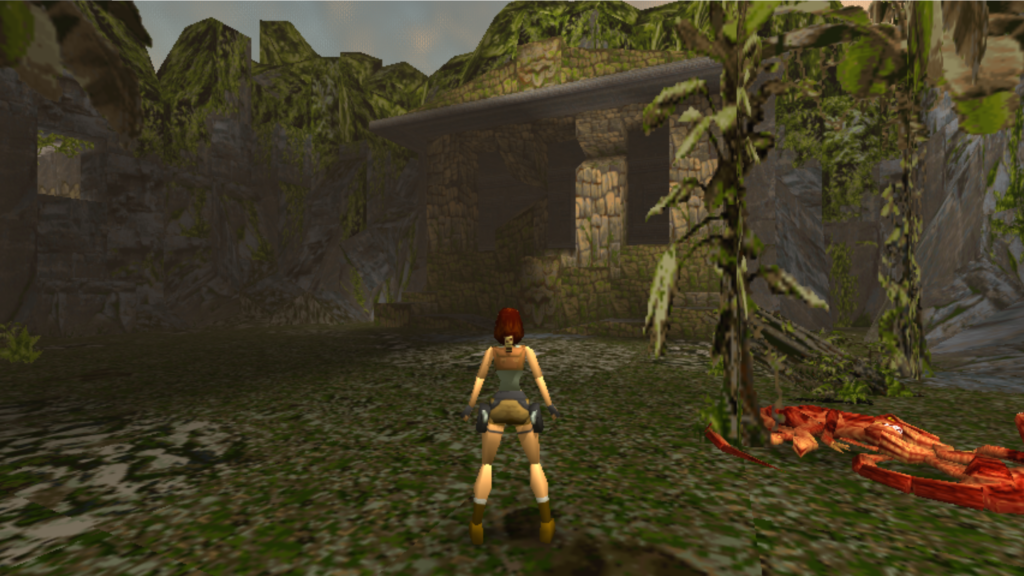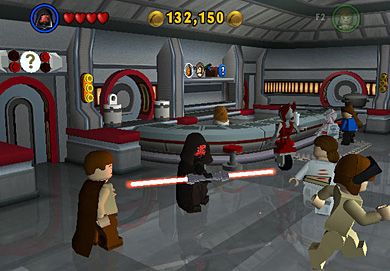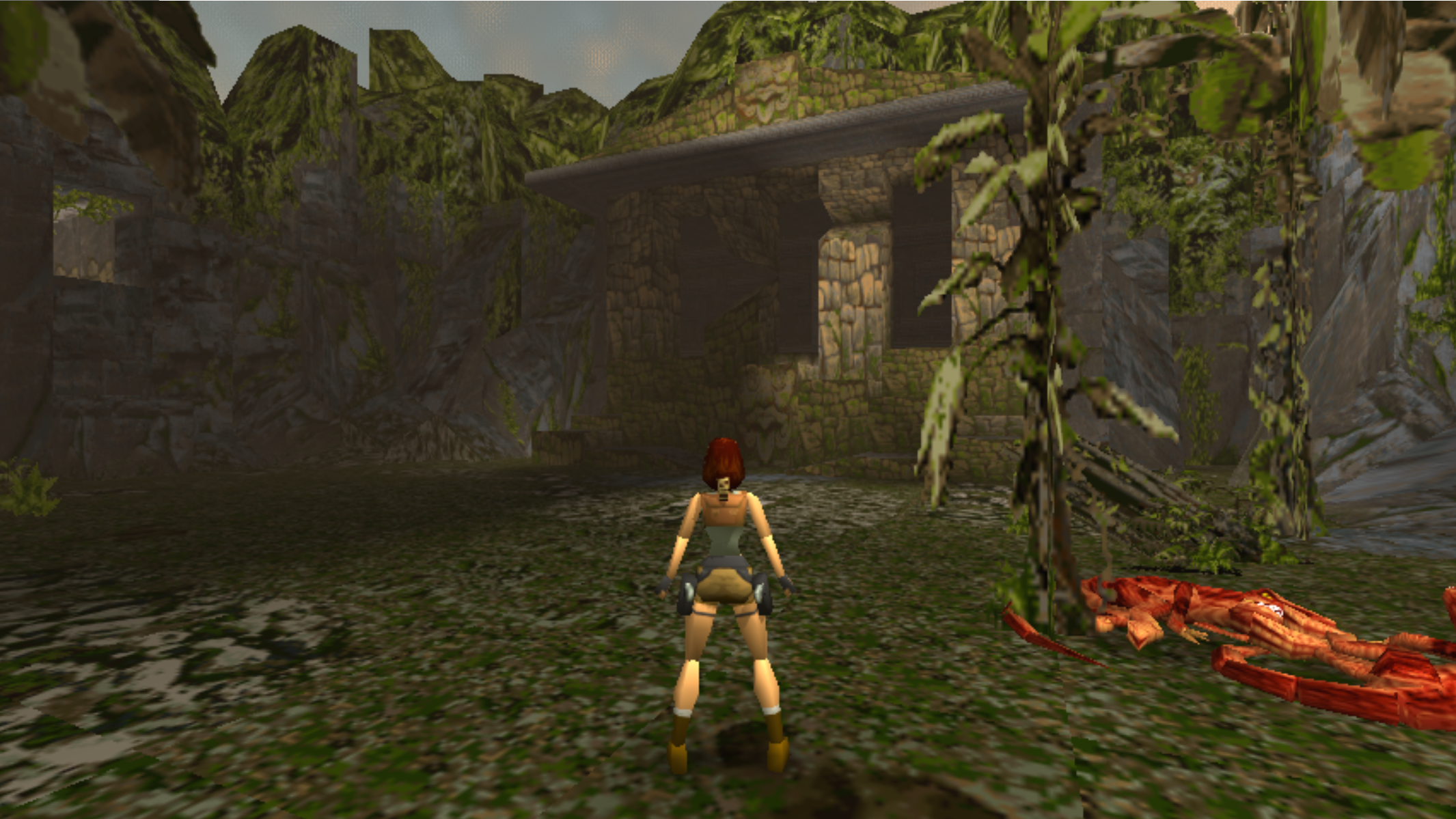If I had to use one word to describe my experience playing Tomb Raider (1996), it would be “Frustration”. This may have been due to me using a PC emulator, or because I had a self-imposed deadline in terms of progression through the game. However, from what I can understand, the general controls and aggravation I experienced with them would not have changed if I were to have been holding a Sega Saturn controller, nor would it have made the levels I had played through less confusingly oriented if I had played Tomb Raider for a month. From its clunky, hard to control mechanics to the puzzling layout of the various tombs comprising levels throughout the game, I found progression in Tomb Raider to be aggravating compared to the myriad of adventure games I’ve played throughout the 2000’s and 2010’s. However, when I attempted to look at Tomb Raider in the more just and favorable context of when it was released, it became clear to me why it received so much critical acclaim.
Where Tomb Raider excels is how the player can explore the spaces built into its levels. Hosting 3D graphics similar to Super Mario 64 (1996), the player has the freedom to either progress directly and solve the puzzles entwined into each tomb or explore the tombs and be rewarded with the various secrets within each tomb’s depths. The player can use a host of different button presses and sequences to move and control Lara Croft’s actions, using these skills to traverse ledges, swim in water, and fight various wild animals including rats, gorillas, bears, and even dinosaurs. This ability to explore a large, 3D, complex space within Tomb Raider’s levels takes the player through an adventure experience with a depth and immersion unlike many other games at the time.

Many games released before Tomb Raider share qualities that made it great. Rogue (1980) may allow players to progress through fictional dungeons exploring the unknown, Metal Gear (1987) enthralling its players with its visual worldbuilding and compelling plot, and Doom (1993) may allow players to traverse a 3D space and kill various threats ahead of them. But Tomb Raider uniquely synergizes these elements, creating a distinct world which allows players to explore the game’s spaces with a freedom and lack of constraint few other games of its time could offer.
The virtual world that Tomb Raider constructs is polished off by other noteworthy aspects. Tomb Raider’s graphics were also fantastic, helping the player get a lively visual representation to accompany the world built. The music composed by Nathan McCree further added to the world’s atmosphere, most notably for me when intense and frightening music played whenever I had to shoot down a dangerous foe. And the rare inclusion of a strong, female protagonist offers something unique that few games have even today. All of these aspects combine to create a virtual world that captured fans for the game because of how it allowed players to enthrall themselves with the game’s spaces and master Tomb Raider’s peculiar mechanics.
But now, I must address the elephant in the room: my initial criticisms. Why would I start by dragging Tomb Raider through the mud, only to pepper it with myriads of praise in the following paragraph? Aren’t I just undercutting my own criticisms? To a certain extent, yes. Highlighting the way in which Tomb Raider constructed a superb world of tombs, enemies, and secrets on the Sega Saturn does take away from some of my critiques. I am not afraid to say that Tomb Raider was groundbreaking for its time.

However, I still believe my criticisms hold up when Tomb Raider is compared to legions of other similar adventure games I’ve played. One game that comes to mind is Lego Star Wars (2005) which was released on the Playstation 2 ten years later. The simple ranging player controls in Lego Star Wars rarely broke my immersion within the game, and straight forward level design made it clear what I needed to do as a child, but also allowed me to play in different areas and explore different levels at my own leisure. This serves as evidence to me that there were places where Tomb Raider could be improved, even with its technological constraints, and bettered in future iterations.
It’s critical to remember though that Tomb Raider paved the way for this type of immersive world building game in the first place, and that only because of its existence were other games able to avoid these same pitfalls. While Tomb Raider may not be the “perfect game”, it helped introduce gamers to visual worldbuilding and freedom of play that grounds some of the best games today.

